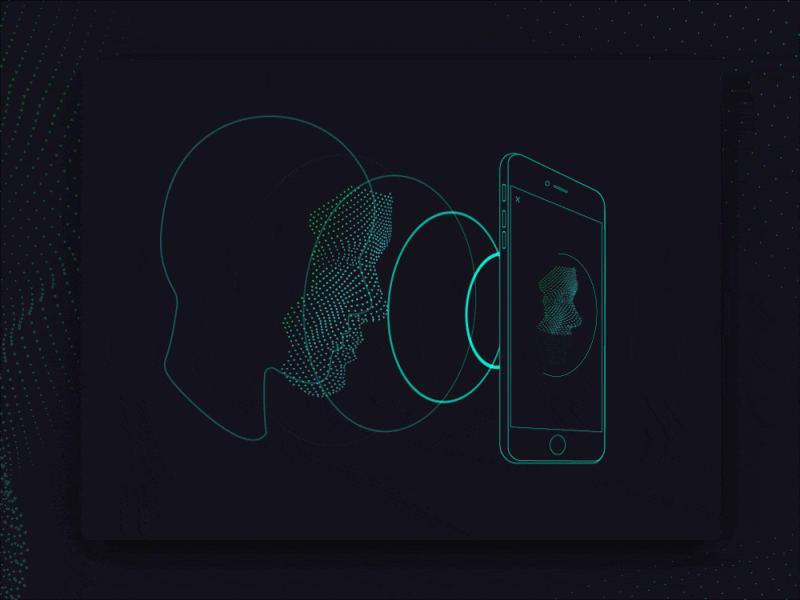Last updated on September 20th, 2021 at 05:09 am
Deep Learning, ML and AI are all used to support facial recognition and used traditionally the Eigenvalues for vectors and spaces defining the features of the space projected by the face. In 2012 AlexNet tweaking and deep learning technologies like the DeepID, DeepFace, FaceNet, and VGGFace went beyond the human capacity to recognize faces by aligning, using feature extraction, detection, and recognition techniques. Thereby the use of verifying faces in a photograph under various lighting conditions, an aged face, with glasses or without facial hear was made possible by leveraging deep learning of face datasets and model representations.
The recognition software is biometric in nature and can accurately identify, authenticate and verify a face just by comparing the facial features and contours against very large databases.
It is widely used for:
- The enforcement of the law by the police and detection agencies.
- In businesses for biometric logging in and out.
- In banking to ensure KYC and restricted access to lockers.
- In AR and VR applications for animated film making.
Authentication through facial recognition:
The most useful advantage of facial recognition is that facial contours do not change and can be captured from a distance. It never fails since faces cannot be replicated or imitated successfully. The technology itself is of a non-contact biometric type and has been successful in restricting entry, ensuring attendance, for crime prevention, law enforcement and as a security measure. The technology is also inexpensive and infallible when compared to other methods like fingerprinting, Retinal scans and such biometric methods which are contractual in nature needing the voluntary provision of data for further process.
Many devices need and work on authentication based on face photograph verification either taken from videos or still photos. Human beings are very good at this task and deep learning simulates the same process.
Deep Learning and ML use ConvNets for the analysis and identification processes. Such neural networks are highly intelligent, self-taught and have other applications sewn in like the NLP processor, video analyzer, recommender modules and such.
The four essential steps involved are:
1. Detection which involves detection and using a boundary box for the image face. It generally falls into two categories namely
Based on features and using hand-work filters based on knowledge of the domain.
Based on images and ML where neural networks work on extraction and location of the image.
2. Alignment tasks normalize the photometry, geometry and such parameters with the database since most photographs contain more than one face and need to be aligned. The alignment output depends on the following task categories.
- Binary labels for class and probability.
- Similarity parameters.
- Category labels.
3. Extraction of facial features is used for the task of recognition. The tasks can be further classified as tasks for
- Matching and finding the best results.
- Similarity analysis for faces.
- Feature transformation and generation of new similar face images.
4. Face Recognition itself consists of two main tasks to identify any given image. Namely,
- Verification where features of the identified face are mapped to the given image.
- Identification where a given image is mapped against the database.
ML has proved to be invaluable to Deep Learning solutions. The present-day technological advancements make facial recognition and such issues easy. One has to choose the algorithm and feed in the given face image or data. The built-in neural network and trained dlib models will then take care of analyzing the face, comparing it against its databases and giving us an accurate match of the face against it. Further, the face recognition software on Github is easy to use, has a great library and is a rapid install.
Conclusion:
Deep learning machine algorithms and neural networks can currently manipulate, detect and identify facial contours from very large databases very quickly and this ability is far beyond human capacities.
If you are interested in such specific applications you will need to do courses that are skill-oriented in ML, Neural networks, Deep Learning, handling databases and applications, AR, VR, and such futuristic technology. Most of these courses are offered by Imarticus Learning where learning is practically based and you are job-ready from day one. Who does not like able-mentorship from certified trainers, a widely accepted global certification and assured placements when looking to transition careers? Don’t wait too long. The route and opportunities are just right at the moment.

